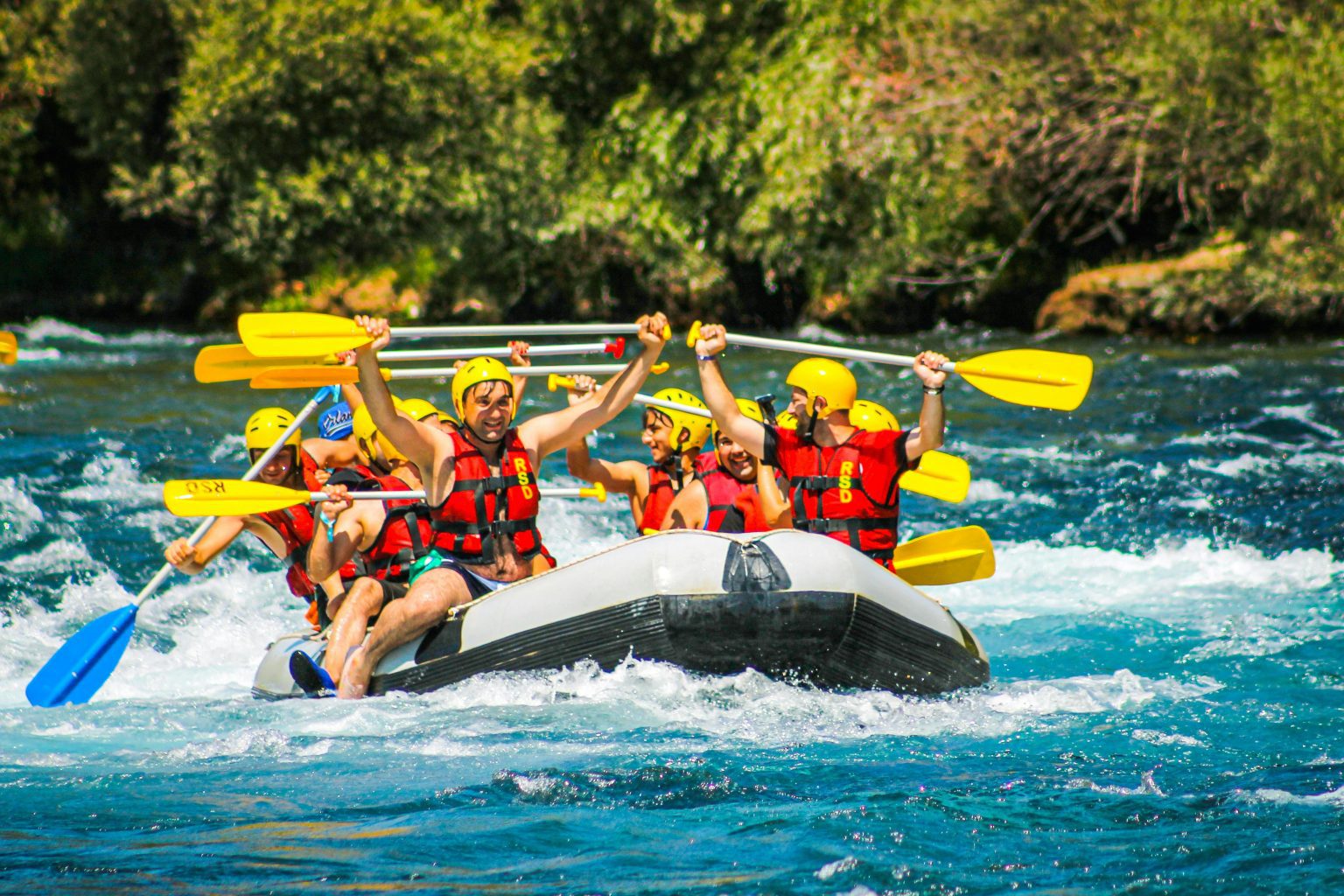White water rafting offers a thrilling way to connect with nature and challenge yourself against rushing currents. The combination of adrenaline, teamwork, and scenic beauty makes it a favorite adventure for outdoor enthusiasts. However, like any activity involving nature’s powerful forces, it also requires a firm grasp of safety practices to ensure the experience remains enjoyable from start to finish.
Wearing the Right Gear for the Rapids
The foundation of any safe rafting trip begins with the proper equipment. Helmets and life jackets are essential and should always be worn, regardless of a person’s swimming ability. These items aren’t just accessories—they’re designed to protect against impact and keep rafters afloat in fast-moving water. Clothing choices also matter; synthetic, quick-drying materials are preferable to cotton, which can become heavy and cold when wet.
Comfortable but secure footwear that won’t slip off is just as crucial. It’s also important to make sure gear fits correctly and is in good condition before heading out on the river.
Following Your Guide’s Instructions on the Water
A certified guide plays a key role in both the adventure and the safety of a white water rafting trip. Their experience with river conditions, communication, and emergency procedures provides structure and confidence for the group. Paying close attention during the safety briefing and practicing commands like “paddle forward” or “get down” prepares rafters to respond quickly when needed.
On the river, guides will often direct when and how to maneuver the raft. Trusting their decisions and staying alert enhances everyone’s safety. Even when the rapids feel chaotic, staying calm and in sync with the group is the best way to ride them out successfully.
Recognizing the River’s Natural Risks
Every river has its own set of features and challenges, from swift currents to hidden rocks and sudden drops. Being aware of the river classification system helps rafters choose routes that match their skill level. Beginners should start with more manageable waters, while experienced paddlers can navigate advanced rapids with proper preparation.
Water levels can also fluctuate with weather, making some rivers more dangerous at certain times of the year. Even seasoned rafters should check current river conditions before embarking on a trip.
Practicing Smart Decision-Making During Emergencies
Situations may arise during this activity, but with the help of professionals in white water rafting, they can guide you every step. Knowing how to fall into the water safely, hold onto a paddle, or re-enter the raft can make a big difference. Rafters should also understand the risks of foot entrapment and avoid standing in fast-moving water, as doing so could cause them to get stuck.
Safety doesn’t mean eliminating fun—it means having the knowledge and tools to fully enjoy the adventure. Most accidents are preventable with the right mindset and preparation.
Respecting the Power of Nature While Embracing the Adventure
White water rafting is about more than speed and splashes. It’s about learning to move with the water, working as a team, and respecting the environment. With the right preparation and a focus on safety, rafters can enjoy the thrill of navigating rapids while staying protected throughout the journey.
Experienced outfitters like those in Colorado, including places such as Raft Masters, emphasize these principles by offering trips tailored to different skill levels. Their commitment to safety enhances the overall experience, showing that adventure and responsibility go hand in hand.
